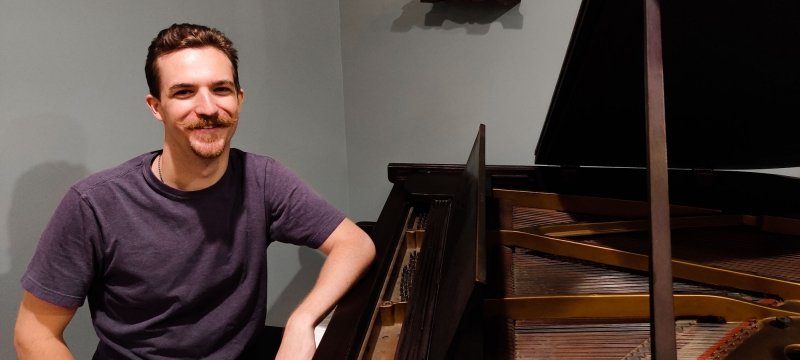After graduation, I applied to nearly every cruise line and was hired by Norwegian Cruise Line as a lounge technician. My main task was to set up the musicians for performances in the shipboard lounges.
The COVID-19 pandemic started affecting shipboard operations on our last cruise from Australia to French Polynesia, after which we were supposed to head to Alaska for summer. Before guests even got on board, some ports were closed to all cruise ship traffic so immediately our itinerary changed. We were no longer traveling to Samoa and no one would be allowed to get off in New Caledonia. This initial change angered some guests but the rest were understanding. Midway through a three-day journey in French Polynesia, the captain informed us that all of French Polynesia closed their ports and we were heading back to Fiji. This infuriated a lot of the guests, made some happy, and confused the rest. This would be a recurring theme.
Since the cruise had essentially been canceled, our main objective was to disembark the 2,400 passengers safely in New Zealand. A day later, New Zealand closed their ports as well.
Our ship was bouncing around the Pacific Ocean with nowhere to go. It seemed like we were at the mercy of the sea with no one reaching out to help. No one knew how much fuel we had left and those that did were told to keep their mouths shut. Food and water are easy enough to ration, but without fuel we would have had no navigation, limited communications, no electricity, and no ventilation.
Guests started contacting their own governments. I guess they thought their government would be able to overrule the local government’s rules and let them leave before the other guests. This didn’t happen.
Through all this, on-shore operations worked tirelessly to convince governments to open up their ports so we could at least refuel. We got word that American Samoa would let us in to refuel, but, strictly no one was allowed off the ship.
I cannot tell you how beautiful the island looked when we first caught sight of it. I almost cried when I saw land. It was just so surreal to finally be there after all the uncertainty. It was the first time that we had hope.
Shoreside operations formed a very detailed plan for us. From American Samoa, we were to sail to Hawaii. Once we arrived, the guests would disembark and take chartered flights provided by NCL. Very specific procedures were in place to minimize all contact between guests and officials on land.
After 12 days at sea and countless changes to our plans, we made it to Honolulu. We were docked for five days and disembarked all the guests. This was our main goal. Employees would be fine staying on the ship as long as there were no guests to tend to. We left Hawaii for a six-day journey to Los Angeles.
We closed down all the restaurants, lounges, and other guest areas in preparation for an unknown amount of time, which meant, we finally got something rarely seen on cruise ships—a break.
When we arrived in L.A., lists were posted detailing which crew members would be going home. At this point, most countries were closed so a majority of the crew had to stay on board. Fortunately, most U.S. citizens were able to leave the ship.
The adventure that began Feb. 27 finally ended with I arrived home in Plymouth, Michigan April 6.
Michigan Technological University is an R1 public research university founded in 1885 in Houghton, and is home to nearly 7,500 students from more than 60 countries around the world. Consistently ranked among the best universities in the country for return on investment, Michigan's flagship technological university offers more than 120 undergraduate and graduate degree programs in science and technology, engineering, computing, forestry, business, health professions, humanities, mathematics, social sciences, and the arts. The rural campus is situated just miles from Lake Superior in Michigan's Upper Peninsula, offering year-round opportunities for outdoor adventure.






Comments